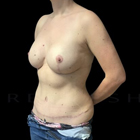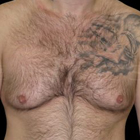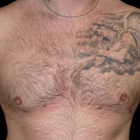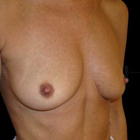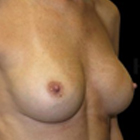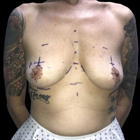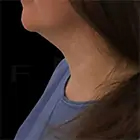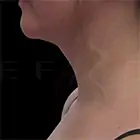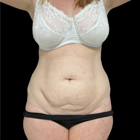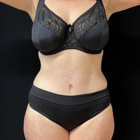If your face and neck are starting to let the side down, you’re not alone. It’s an unfortunate fact of life that as time rolls on, the face and neck areas are the first to betray the signs of ageing: fortunately, there are techniques available which can help put the vitality back into your face.
One of our most popular treatments is autologous fat transfer, otherwise known as Liposculpting. The principle is similar to fillers, but instead of using unnatural volume enhancers, grafts of fat are extracted from other areas of your body, and used to restore volume to the treated area.
There are two major advantages to using the client’s own natural fat deposits instead of fillers: not only does it last far longer than a synthetic volume enhancer, there is also zero chance of the client developing an allergic reaction to it.
What happens during a Liposculpting procedure?
After a consultation period, the fat is taken from the donor area with a cannula – a very thin straw-like tube. The extracted fat has been purified, in order to ensure only the fat cells remain, it is injected into the targeted area through another cannula.
Is a Liposculpture procedure painful?
As Liposculpting is a refined, low-level version of liposuction, there is a degree of minor invasive surgery – but scarring is not a factor. Clients may experience mild swelling and bruising, but this can be easily minimised by icing the affected area. And it bears repeating: as no foreign materials are being used in the procedure, there is zero risk of allergic reactions. So, if your face needs a volume boost, please contact us for further details.





